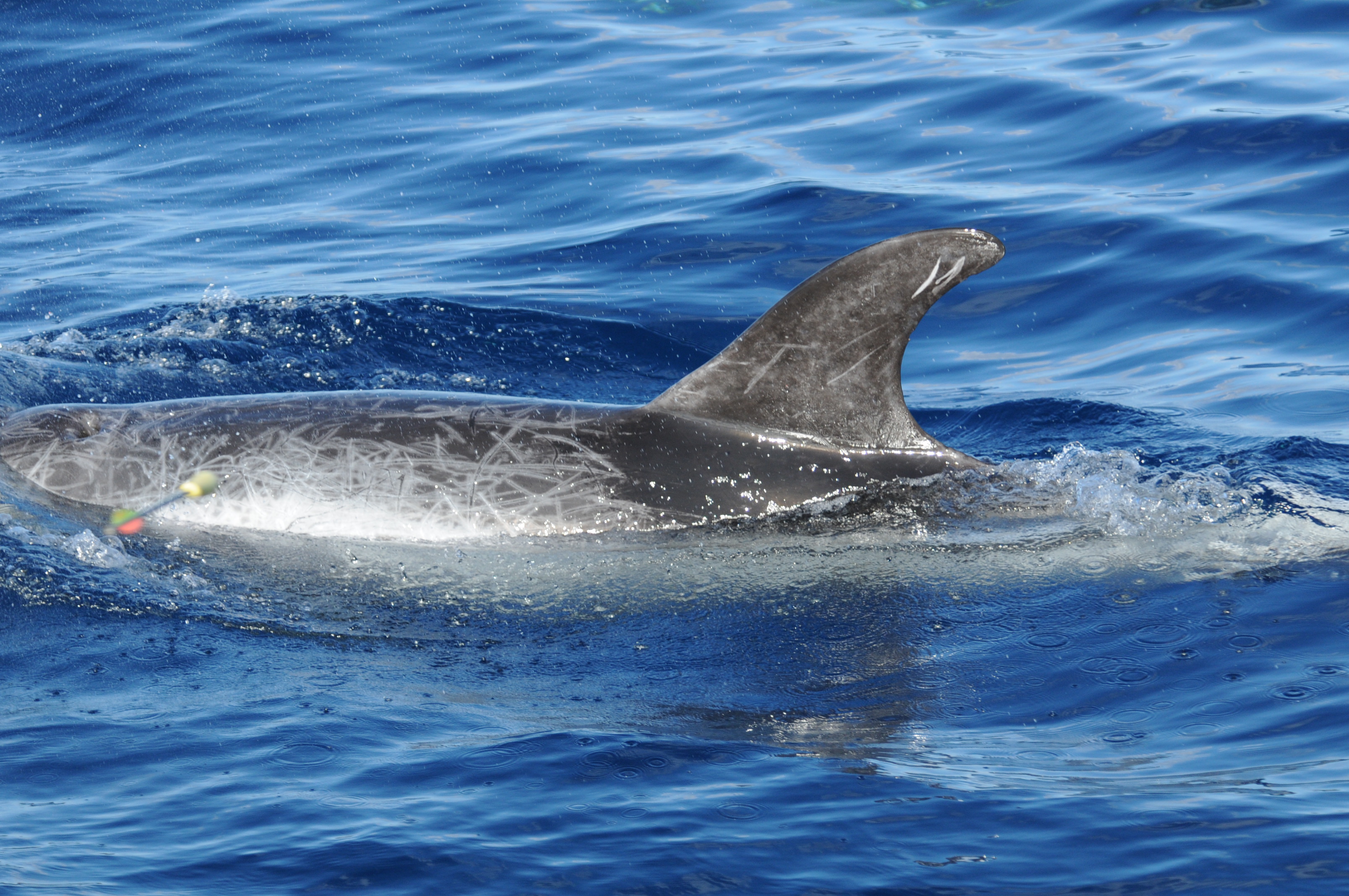In our 2013 field season we managed to apply two suction cup digital acoustic tags to Antarctic minke whales. The recordings made by these tags helped to solve a decades-old mystery of the source of the ‘bio-duck’ sound which has been commonly heard in the Antarctic but never before attributed to an animal. Thanks to analysis of the acoustic records from our tags – case solved – the sounds are produced by minke whales. You can read the paper in Biology Letters here and read some of the news coverage here on the BBC and here on the NOAA web site.
You may also like
The vaquita is the most endangered whale, dolphin, or porpoise in the world. The remnant population of less than 100 animals lives […]
Joy is coordinating a new passive acoustic monitoring project to detect North Atlantic right whales (Eubalaena glacialis) migrating past Cape Hatteras, North […]
Andy is in San Felipe this month, participating in the Vaquita CPR project. The objective is to catch as many of […]
We recently encountered a group of approximately 50 Risso’s dolphins (Grampus griseus) while conducting a photo-ID and biopsy survey along the continental […]





